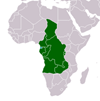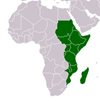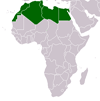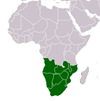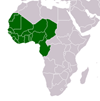Migrants' Remittances and the Household in Africa: A Review of Evidence
Migrants' Remittances and the Household in Africa: A Review of Evidence
This paper reviews some of the microeconomic evidence concerning migration and remittances in Africa. After a brief survey of the literature, it draws some lessons from two surveys performed in the Senegal River valley in Mali and in Senegal. The paper makes two main points. First, migration cannot be understood as an individual decision, but must instead be regarded as a collective decision made by the extended family or the village. It involves the strategic choice of sending its best offspring away with a view to diversify its risks and to build a social network. Then, remittances are to a large extent a contingent flow, aimed at buttressing the family's consumption in case of adverse shock. Secondly, however, this insurance system involves some moral hazard, as those remaining behind tend to exert less effort to take care of themselves, knowing that the migrants will compensate any consumption shortfall, with a high probability. These results undermine a very popular view about migration on the basis of relative deprivation and solve a puzzle that bugged this literature for nearly three decades: the rich families are more likely to send some migrants away and thus get more remittances, while they earn less income in the village because of moral hazard. Wealth makes them lazy, while low (earned) income does not make them poor!
CITATION: Azam, Jean-Paul. Migrants' Remittances and the Household in Africa: A Review of Evidence . : , 2006. Journal of African Economies,Vol.15,Supplement 2,2006,pp.426-462 - Available at: https://library.au.int/migrants-remittances-and-household-africa-review-evidence-2

